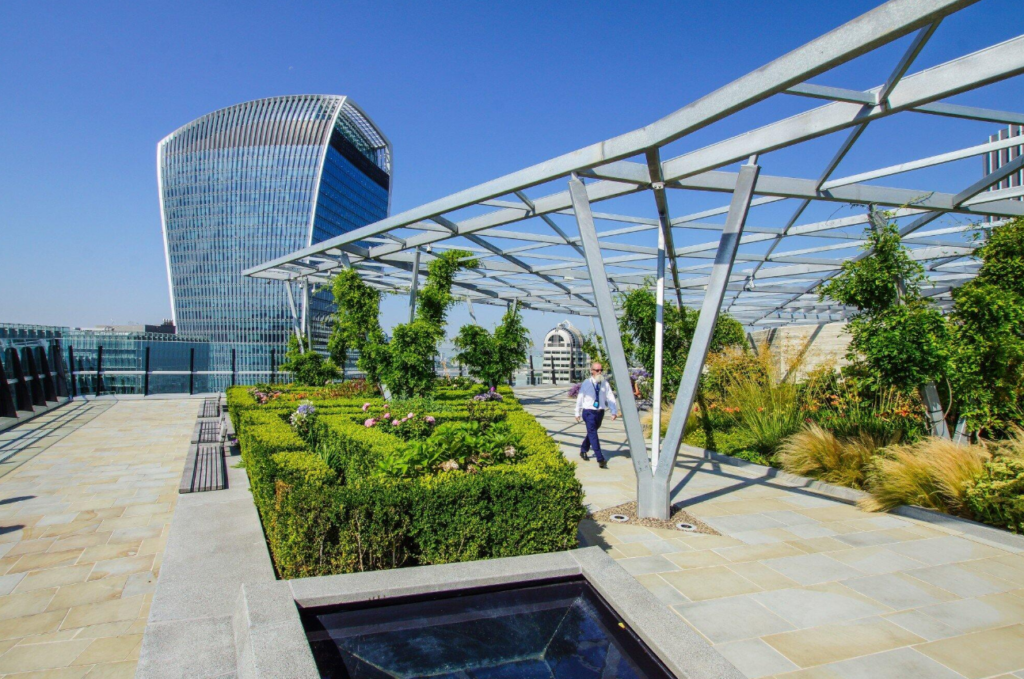Have you ever walked through a city and felt the magic of old architecture blending with modern skyscrapers? Cities are evolving rapidly, but they must also preserve their history.
Finding a balance between tradition and modernity is a challenge. Urban planners must create spaces that respect cultural heritage while embracing innovation.
How do they achieve this harmony? In this blog, we’ll explore the key aspects of urban planning that bring the past and future together.
By the end, you’ll understand how cities can grow while keeping their unique charm. Keep on reading!
The Importance of Urban Planning
The places we live, work, and play are shaped by urban planning. It makes sure that cities grow in a way that is good for everyone.
Cities can get crazy and unsafe if they aren’t planned well. Planning well takes into account things like housing, transportation, and green spaces.
It also protects historical sites while making room for new buildings. Cities need to take care of the needs of people now and in the future.
Communities stay connected by finding a balance between tradition and modernity. Cities that are lively and work well are the result of careful planning.
The Role of Cultural Heritage in City Development
Every city has a tale to tell. Traditions, historical buildings, and landmarks give people a sense of who they are.
Keeping these things alive helps people feel like they are connected to their roots. But old buildings often need to be updated to keep working.
With adaptive reuse, old buildings can be used for different things. Old places can be brought back to life by museums, coffee shops, and offices.
Planners for cities need to make sure that progress doesn’t erase cultural heritage. A city that doesn’t have any history can feel dry. The city’s spirit stays alive with a mix of old and new.
The Rise of Smart Cities
The way cities work is changing because of technology. Digital tools are used in smart cities to make public services, transportation, and energy use better.
Sensors and data help control traffic and make roads less crowded. Smart grids make cities more energy-efficient by making the best use of electricity.
Public Wi-Fi and digital kiosks make it easier to connect. But technology shouldn’t get in the way of people’s needs.
Smart solutions must work for everyone and be easy to get to. Life should not get harder, that’s the goal. Technology can add to tradition instead of replacing it if it is used wisely.
Sustainable Urban Development
Sustainability is important for cities to do well. We need green spaces, renewable energy, and buildings that are good for the environment.
Planting trees makes the air better and cools it down. Wind power and solar panels both help cut down on carbon emissions.
Residents of sustainable housing pay less for utilities. Public transportation and recycling programs cut down on trash and pollution. Cities must also build infrastructure that can handle climate change.
Planning sustainably makes sure that future generations will have a place to live. More green spaces in cities are good for people and the environment.
Public Spaces and Their Impact on Community Life
People like to hang out in parks, plazas, and streets where people can walk. These areas give people a place to hang out with others and relax.
People feel like they belong in a well-designed public space. For kids, playgrounds are fun places to play and run around.
Outdoor cafes make the atmosphere lively. Murals and sculptures in public places give cities their style. These places are even livelier when there are markets and festivals.
Public spaces that are easy to get to are good for both mental and physical health. A city that takes care of its public spaces does well.
Transportation and Urban Mobility
A city stays moving with good transportation. It should be safe and easy to walk, ride a bike, or take public transportation.
When roads and rail systems are well planned, they make traffic flow more smoothly. Electric buses and programs that let people share cars are good for the environment.
Bike lanes encourage healthier ways to get to work. For pedestrians, sidewalks should be wide and well-kept. Smart traffic lights cut down on wait times and improve flow.
It’s easy to switch between modes of travel when mobility solutions are built in. People can get where they need to go without any problems in a well-connected city.
The Housing Challenge: Affordability vs. Modernization
Affordable housing is a pressing issue in many cities. While modern developments attract investment, they often raise property prices.
Gentrification can displace longtime residents. Governments must create policies that balance growth with affordability.
Mixed-income housing promotes diversity and stability. Adaptive reuse of older buildings provides cost-effective housing solutions. Rent control and subsidies help lower-income families stay in their homes.
Sustainable materials and efficient designs lower construction costs. Every city needs a housing strategy that benefits all residents.
The Role of Local Governments and Stakeholders
City planning involves many players. Governments, businesses, and communities must work together. Local authorities set policies and regulations.
Developers bring investment and innovation. Residents provide valuable insights into their neighborhoods. Transparency and public involvement lead to better decisions.
Public-private partnerships can fund important projects. Community feedback helps planners understand local needs.
A collaborative approach leads to balanced, well-planned cities. When everyone has a voice, urban development is more effective.
Preserving Identity While Embracing Progress
Change is inevitable, but identity matters. Cities must grow without losing their essence.
Preserving historic districts maintains cultural richness. Architectural guidelines ensure new buildings fit the city’s character.
Events and traditions keep cultural heritage alive. Small businesses add local flavor to urban areas. Public murals and sculptures celebrate history in modern settings.
A city that honors its past while planning for the future stays unique. Finding this balance is the heart of good urban planning. Just like a public adjuster helps balance insurance claims, urban planners balance tradition and innovation.
The Art of Blending Tradition with Modernity
Making places where people feel at home is what urban planning is all about. A city with good planning honors its past while getting ready for the future.
Cities that are beautiful and useful have the right amount of history and progress. There needs to be a balance between smart technology, long-term solutions, and protecting culture.
Cities stay places of identity and connection as long as they are planned with care. As cities grow, harmony is very important.
Did you like this guide? Great! Browse our website for more!







